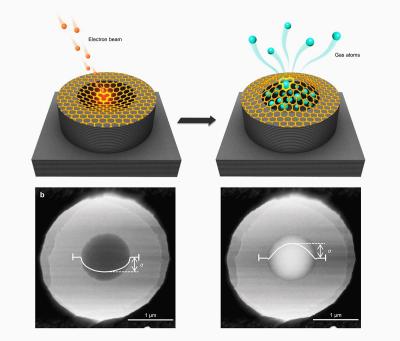First Graphene and partners secure UK grant to develop graphene-enhanced cement
First Graphene-led consortium of partners has been awarded a UK Government grant to develop high performance graphene-enhanced cement.
The grant of A$360,206 (around USD$258,500) was awarded by the UK Government’s innovation agency, Innovate UK to the consortium, which includes construction materials group Breedon Cement Ltd, construction and regeneration group Morgan Sindall Construction & Infrastructure Ltd, and the University of Manchester’s Department of Mechanical, Civil and Aerospace Engineering.

